If you are a fan of out-of-town walks and picnics, and hunting and fishing are your passion, chances are high that someday you will come under dangerous voltage in the power transmission area. Indeed, in general, you should not approach certain electric highways. For an electrician, determining voltage is a simple task. How can a non-professional know what voltage in a power line is dangerous to life and health? Below we will tell the readers of the site Electrician himselfhow to determine the voltage of a power line by its appearance, the number of insulators and other parameters.
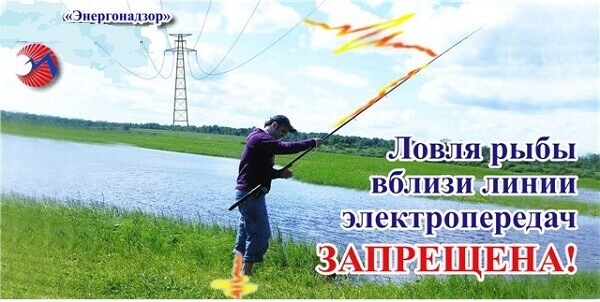
Content:
- VL classification
- Safe distances
- Determination of voltage by appearance
- Post markings
- Railway networks
- Conclusion
VL classification
By voltage, power lines can be:
- Low-voltage, 0.4 kilovolts, transmitting electricity within small settlements.
- Medium, 6 or 10 kilovolts, transmitting electricity over a distance of less than 10 km.
- High-voltage, 35 kilovolts, for power supply of small towns or villages.
- High-voltage, 110 kilovolts, distributing electricity between cities.
- High-voltage, 150 (220, 330, 500, 750) kV, transmitting energy over long distances.
The highest voltage on the transmission line is 1150 kilovolts.
Safe distances
The labor protection rules for each voltage of the power line determine the minimum distances to the current-carrying parts. It is prohibited to reduce this distance.

Determination of voltage by appearance
The next step is to determine the capacity of the overhead line.
How do you know the voltage on a power line by its appearance? The easiest way to do this is by the number of wires and by the number of insulators. The easiest way is to identify by insulators.
There are overhead lines of different voltage classes. Let's consider each one in turn.
Power lines for 0.4 kilovolts (400 volts) are low-voltage, found in all settlements. They always use porcelain or glass pin insulators. Supports are made of reinforced concrete or wood. There are two wires in a single-phase line. If there are three phases, there will be four or more conductors.

Next come power lines for 6 and 10 kilovolts. They are visually indistinguishable from each other. There are always three wires. Each uses two pin porcelain or glass insulators, or one, but larger. These routes are used to supply power to transformers. The minimum distance to parts carrying current is 0.6 m.

Often, in order to save money, they combine the suspension of 0.4 and 10 kV conductors. The protection zone of such routes is a distance of 10 m.
In power lines for a voltage of 35 kV, suspension insulators are used in the amount of 3 to 5 pieces in a garland to each of the three phase wires.
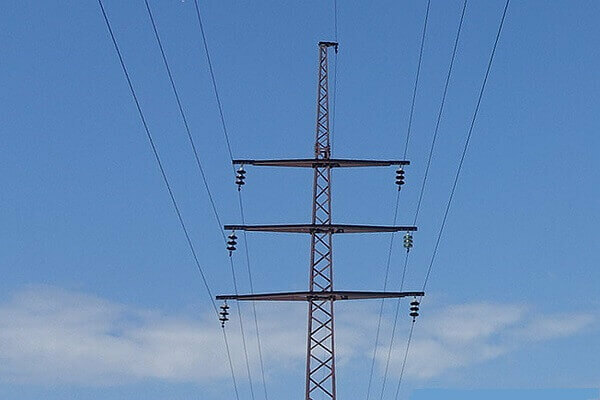
Usually, such air routes do not pass through the territory of cities. A distance of 0.6 m is considered permissible, and the security zone is determined by 15 meters. Supports should be reinforced concrete or metal, with conductors that carry current separated from each other by an allowable distance.
In 110 kV power transmission lines, each of the wires is mounted on a separate garland of 6-9 suspended insulators. The minimum distance to the conductors is 1 meter, and the security zone is determined by 20 meters.
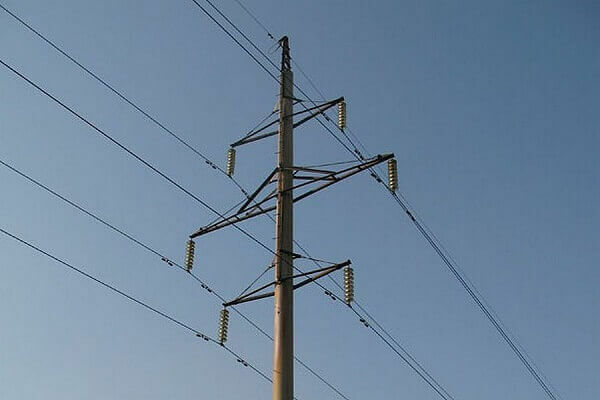
The material for the support is reinforced concrete or metal.
If the voltage is 150 kV, 8-9 suspension insulators are used for each garland in the power transmission line. The distance of 1.5 m to the current conductors is considered the minimum in this case.
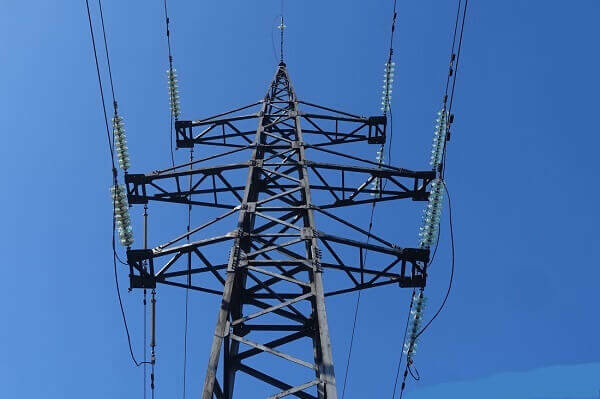
When the voltage is 220 kV, the number of insulators used ranges from 10 to 40 units. The phase is transmitted over one wire.
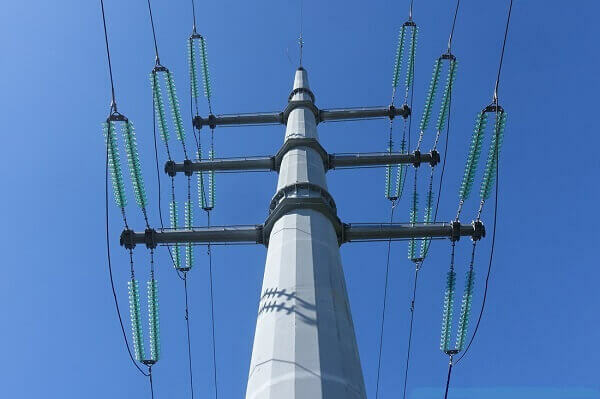
The lines are used to supply electricity to large substations. The smallest distance to approach the conductors is 2 m. security zone - 25 m.
In subsequent classes of high-voltage transmission lines, a difference appears in the number of wires per phase.
If you have installed two conductors per phase, and insulators in garlands of 14, in front of you is a 330 kV highway.
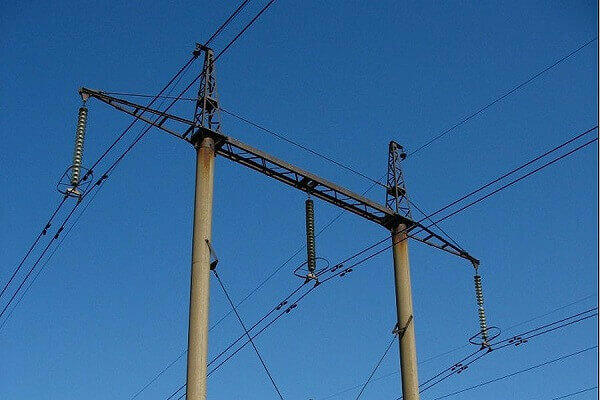
The minimum distance to live parts in it is considered to be 3.5 m. The necessary increase in the security zone up to 30 m. The material for the supports is reinforced concrete or metal.
If the phase is split into 2-3 conductors, and there are 20 suspension insulators in strings, then the voltage of the overhead line is 500 kV.
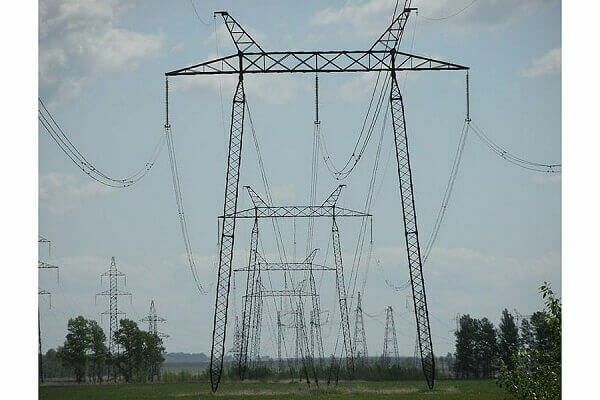
The security zone in this case is limited to 30 meters. A distance of less than 3.5 m to the wires is considered dangerous.
In the case of a phase separation into 4 or 5 conductors, the connection of which is circular or square, and the presence of 20 or more insulators in the garlands, the voltage of the overhead line is 750 kV.

The protected area of such routes is 40 m, and approaching conductive parts closer than 5 m is life-threatening.
Russia has the only power transmission line in the world with a voltage of 1150 kV. The phases in it are divided into 8 wires each, and there are 50 or more insulators in the garlands.

You should not approach this track more than 8 meters. You can see such a high-voltage line, for example, on the section of the Siberia - Center highway.
You can get detailed information about any overhead line, its location on an interactive map on the Internet.
Post markings
It is possible to determine the power of overhead lines by markings applied directly to the supports. The first in such a record are capital letters indicating the voltage class:
- T - 35 kV,
- С - 110 kV,
- D - 220 kV.
The line number is written through a dash. The next digit is the serial number of the support.
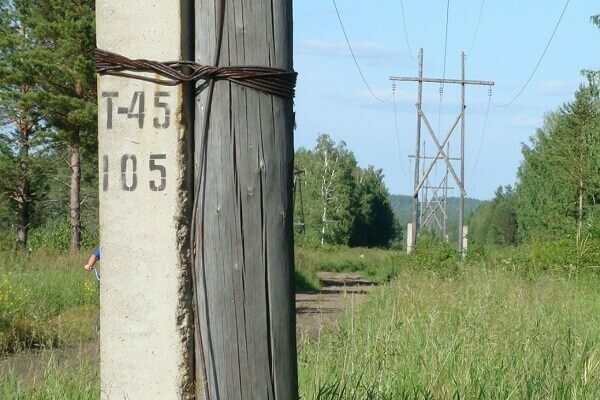
Railway networks
About 7% of the electricity generated at power plants in Russia is transmitted via overhead lines to railway facilities. In general, the length of the railway line is 43 thousand kilometers. Of these, 18 thousand km are powered by direct current with a voltage of 3,000 volts, and the remaining 25 thousand km are powered by alternating current with a voltage of 25,000 volts.
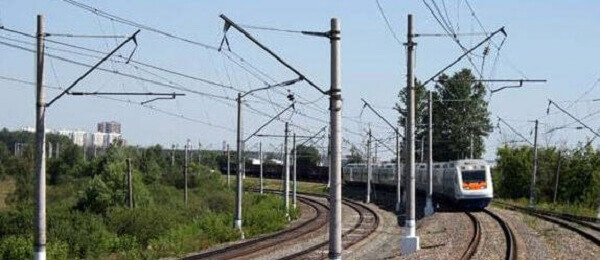
The energy of electrified roads is used not only for the movement of trains. It feeds industrial enterprises, settlements, other real estate objects located along railways or in close proximity to highways. According to statistics, more than half of the electric power of the railway overhead network is spent on power supply of objects that are not included in the transport infrastructure.
Conclusion
After it was possible to find out how the voltage on the power line can be determined by the number of insulators, it remains to understand how much you can trust this method.
Climatic conditions on the territory of Russia are quite diverse. For example, the temperate continental climate in Moscow differs significantly from the humid subtropics of Sochi. Therefore, overhead lines of the same voltage class, located in different climatic and natural conditions, may differ from each other both in the type of supports and in the number of insulators.
In the case of a comprehensive analysis according to all the criteria proposed in the article, the determination of the voltage of the power transmission line by external signs will be quite accurate. But what the voltage in a particular high-voltage line can be, local power engineers will tell you with 100% accuracy.
Related materials:
- Causes of power loss over long distances
- What is an electric field
- Step voltage and ways to overcome it
Your e-mail will not be published. Required fields are marked *
